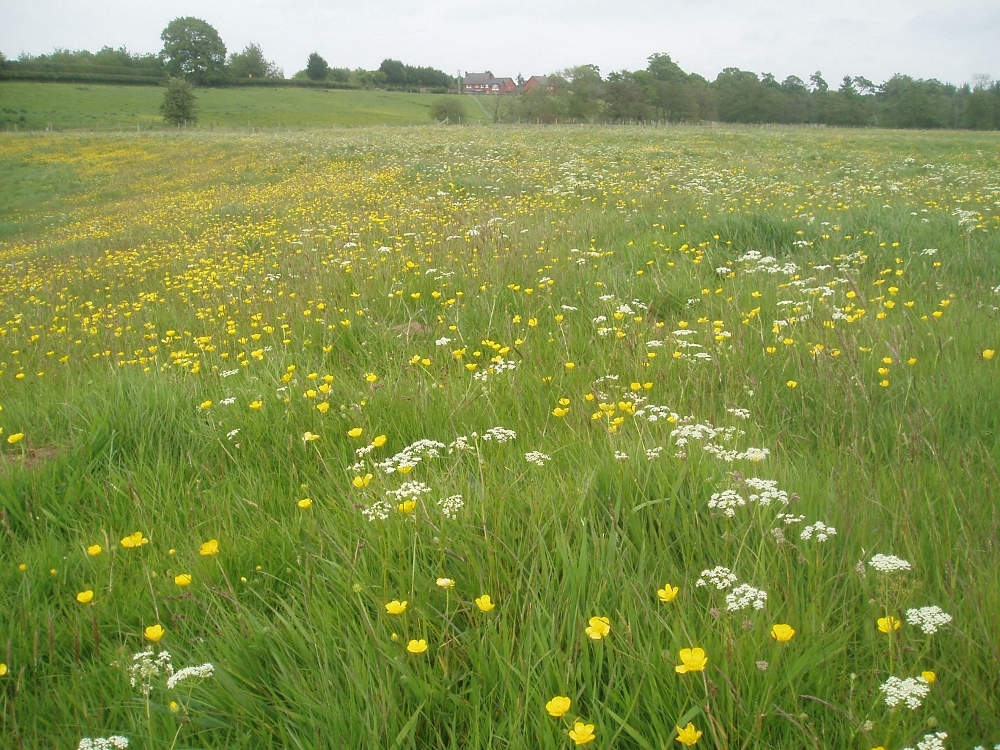Practical techniques: Plants – communities
UK and Ireland
Certain historical, climatic and geological conditions may give rise to particularly diverse, or rare plant assemblages. These may form important habitat for other animals, especially invertebrates, and hence are given further protection.
Protection and its implications
Plant communities with a high nature conservation interest, such as salt marsh and unimproved grasslands, are largely protected from damage by development through their inclusion within designated sites, including:
- Sites of Special Scientific Interest (SSSIs)
- Special Areas of Conservation (SACs)
- Areas of Special Scientific Interest (ASSIs)
- Natural Heritage Areas (NHAs)
- National Nature Reserves (NNRs)
- Local Nature Reserves (LNRs)
- Non-statutory Local Sites
The protection of these sites is described earlier in the book. However, vegetation communities of nature conservation interest also exist outside designated sites.
In particular, several habitats listed as a priority habitats, such as ponds, reed beds and ‘open mosaic habitats on previously developed land’ are regularly present on proposed development sites. These habitats therefore require consideration of the local planning authority when determining planning applications. Habitats listed as requiring action on local Biodiversity Action Plans or local Priority Lists may also be present on development sites, although these may not always be of high nature conservation importance.
Whilst priority habitats are not necessarily strictly protected, government policy is that the local planning authority should conserve these habitats and identify opportunities to enhance and add to them. Similar local policies may apply to local priority habitats which should in any case be a material consideration. Priority habitats may also be protected through policies in local planning documents.
Mitigation techniques
Where an ecologically important plant community occurs within a development site, by far the best solution is to retain the vegetation in situ. Early identification of such communities, combined with careful planning and design, could allow at least the best areas to be retained. An example would be incorporating an area of species-rich grassland into the development design as public open space. It is important to note that most plant communities require active management to maintain their botanical interest.
Where species–rich vegetation cannot be retained in situ, it may be possible to create something like it elsewhere in the development site to compensate for the loss. There are two options: to attempt to move the vegetation and the top layer of soil from one place to another (habitat translocation) or to recreate the vegetation by preparing the ground and either sowing seeds or planting (habitat creation).
The resultant plant community is rarely the same as the one lost due to subtle variations in environmental conditions from one site to another. Habitat translocation and habitat creation can be complicated and often require detailed investigation and a great deal of care to ensure even a moderately successful outcome.
A solution gaining in popularity in urban areas is the provision of green roofs on new developments in order to compensate for ‘brownfield’ habitats lost during the development process. In simple terms, the habitat is moved from ground level to the roof top and allowed to continue developing naturally.
Timing of works
The timing of works affecting species of plants is likely to be dictated by the life cycle and the sensitivities of the species concerned will need to be determined on a case by case basis.
Further reading
County Kildare, Biodiversity and Development in County: Good Practice Guidelines for Developers (2009), Kildare Heritage Series
English Nature (1995). Habitat creation – a critical guide (English Nature Science No 21). English Nature, Peterborough.
Renou-Wilson, F et al (2007) BOGLAND: Sustainable Management of Peatlands in Ireland (REPORT) Environmental Protection Agency, Ireland.
